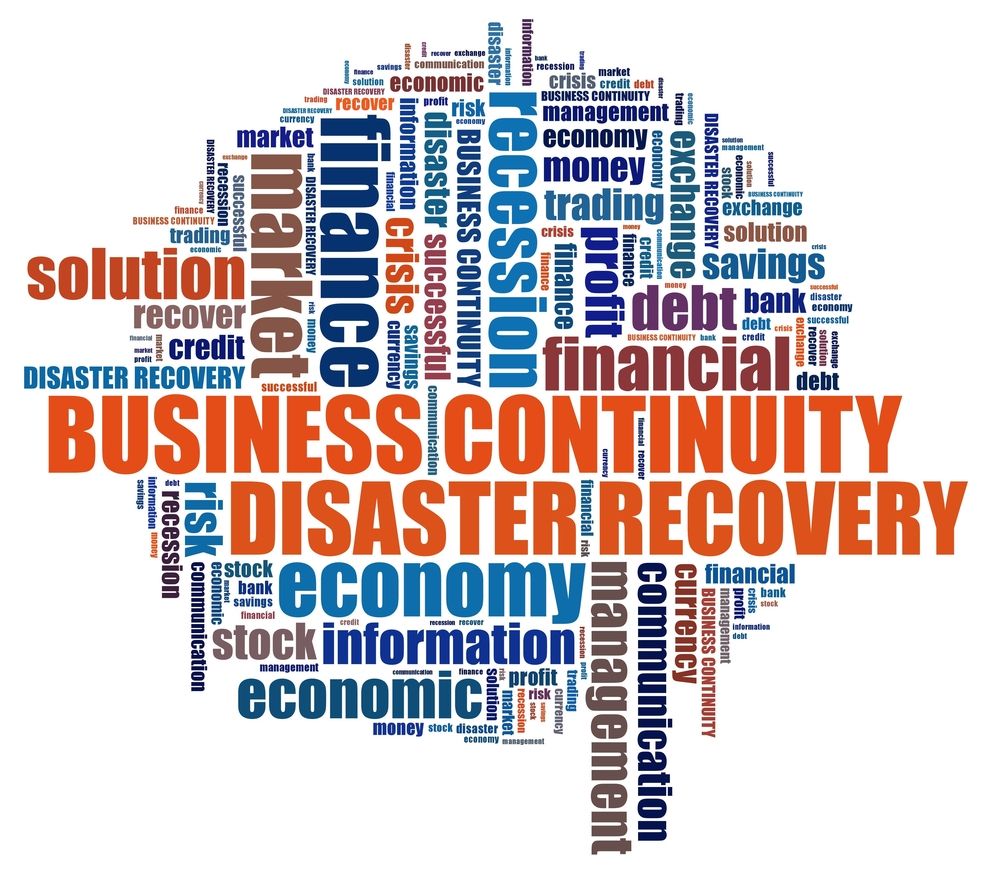Business continuity planning (BCP) and disaster recovery (DR) are two crucial processes
that organizations implement to ensure the uninterrupted operation of their business in the face
of unexpected disruptive events. These events can range from natural disasters like earthquakes,
floods, or hurricanes to cybersecurity attacks, power outages, or equipment failures. BCP and DR
involve developing strategies and procedures to minimize downtime, mitigate risks, and ensure
that critical functions can continue even during adverse circumstances.
The Importance of Business Continuity Planning
Business continuity planning plays a vital role in safeguarding an organization’s ability to
respond and recover from unforeseen events. By identifying potential risks and vulnerabilities,
developing preventive measures, and establishing recovery protocols, businesses can minimize
the impact of disruptive incidents. BCP enables organizations to maintain essential functions,
preserve valuable data, and protect their reputation, employees, and customers. Moreover, by
demonstrating effective BCP practices, businesses can gain a competitive edge, as stakeholders
will have confidence in the organization’s ability to face adversity.
The Critical Elements of Business Continuity Planning
An effective BCP strategy comprises several critical elements, including:
Business Impact Analysis (BIA): The BIA assesses the potential risks and impacts on
different business functions, allowing organizations to prioritize recovery efforts. It
ensures that resources and efforts are directed towards the most critical areas and
processes.
Risk Assessment: Conducting a comprehensive risk assessment helps identify potential
threats and vulnerabilities, both internal and external. This assessment drives the
development of preventive measures and mitigation strategies.
Continuity Strategy: The continuity strategy defines the approach an organization will take
to ensure business operations can continue during disruptions. It involves identifying
alternate facilities, technologies, and processes that can be deployed.
Communication Plan: A clear and efficient communication plan ensures that all key
stakeholders, including employees, customers, suppliers, and partners, are informed and
updated during a crisis. It enables effective coordination and timely decision-making.
Testing and Training: Regular testing and training of BCP measures are vital to ensure
that the plans are up to date, employees are familiar with their roles, and systems are
effectively tested and validated.
The Relationship between Business Continuity Planning and Disaster Recovery
While BCP focuses on maintaining critical business functions, disaster recovery focuses on the
restoration of IT infrastructure and systems following a disruptive event. Disaster recovery
(DR) plans are a subset of business continuity plans, specifically addressing the recovery of
technology infrastructure, data, and applications. The goal of DR is to minimize downtime and
quickly restore essential IT services to support ongoing business operations.
Disaster Recovery Plan Components
A comprehensive DR plan generally involves the following components:
Backup and Recovery: Regular backups of critical data are essential to ensure that data can
be restored in the event of a disaster. Both onsite and offsite backups should be utilized to
minimize the risk of data loss.
Infrastructure Replication: Replicating critical infrastructure, such as servers or
networks, can provide redundant systems that can quickly substitute for primary systems
in case of failure.
Testing and Validation: Regular testing of the disaster recovery plan is crucial to ensure
that the recovery process is effective. Simulated drills and exercises can identify areas
for improvement and guarantee that all necessary resources are available when needed.
Disaster Recovery Team: Forming a dedicated disaster recovery team responsible for
managing and executing recovery efforts ensures an organized response to disruptive
events.
The Benefits of Business Continuity Planning and Disaster Recovery
Implementing robust business continuity planning and disaster recovery measures brings several
benefits to organizations, including:
Minimizing Downtime: By planning for and mitigating potential disruptions, BCP and DR
help minimize downtime, ensuring that critical business operations continue with minimal
interruptions.
Protecting Revenue and Reputation: By reducing the impact of disruptive events, BCP and
DR safeguard an organization’s revenue streams and protect its reputation.
Complying with Regulatory Requirements: Many industries have regulatory requirements
that necessitate business continuity and disaster recovery planning. Implementing these
measures ensures compliance with such regulations.
Achieving Customer Confidence: Demonstrating a commitment to maintaining uninterrupted
operations and protecting customer data instills confidence in customers, making them
more likely to choose and remain loyal to the business.
Conclusion
Business continuity planning and disaster recovery are integral components of any
organization’s risk management strategy. By developing and implementing robust BCP and DR
measures, businesses can protect their assets, maintain operations during crises, and ensure
their long-term viability. Taking proactive steps to prepare for unforeseen events is not only
essential for business continuity but also a critical responsibility in an increasingly unpredictable
world.
